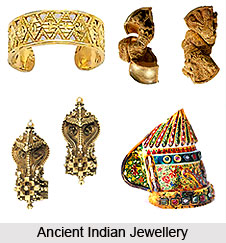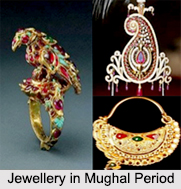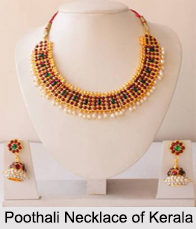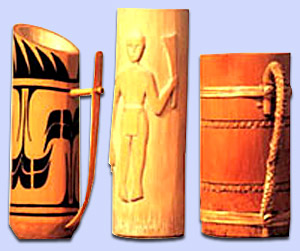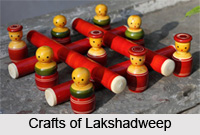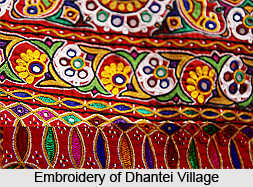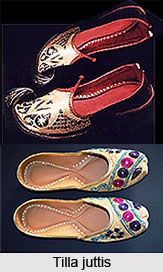 Leather tanning seems to have reached a high stage by 3000 B.C. which paved the way for a wider use of this wonderful material that man sought. The earliest skins were used to sit on like mats and highly prized were of the tiger, but equally valued were those of the deer, particularly of the dark variety.
Leather tanning seems to have reached a high stage by 3000 B.C. which paved the way for a wider use of this wonderful material that man sought. The earliest skins were used to sit on like mats and highly prized were of the tiger, but equally valued were those of the deer, particularly of the dark variety.
Tilla juttis of Haryana are sewn out of locally cured leather and then ornamented with silk, metal embroidery, beads, and designs done in appliqué, with thin leather pieces of different colours. The designs are extremely delicate and the colours used are vivid ones. An equally colourful item is the embroidered knuckle pad.
Procedure of making Tilla juttis
Pattern of the shoe or chappal is drawn on a thick paper. This tracing is kept on the leather, which is cut accordingly by sharp edged knife. To the edges of the leather for sewing, weight and thickness by the side is considered. If a heavier weight skin is sewn, inner edges to be joined are carefully thinned. Once skived, heavy leathers are handled like light and medium weights. Stitch gauge is used to mark the seams for stitch holes. Lighter the leather, smaller the spaces between the stitches. To give a firm support, glue is applied to the flesh or inner side of seam.
